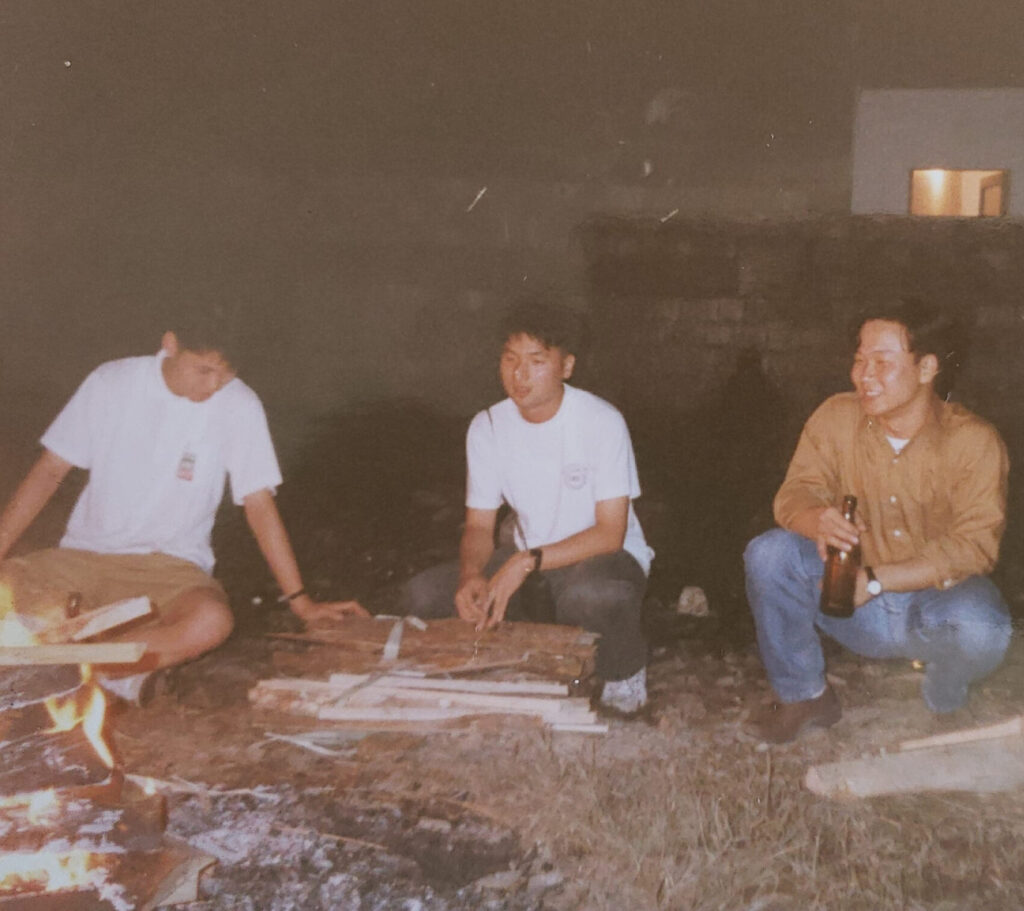Time Travel vs Time Shifts
Time shift is distinctly different from time travel in narrative writing since time travel implies someone is doing the traveling. That someone can provide the continuity between the two time milestones. The narrative doesn’t suffer from the need to have exposition to describe the jump point and landing point. Films by contrast can do this jump much more deftly since the landing point pan-shot is transition and explanation enough. A mere few seconds.
However, some time travel is bad even if the traveler provides the continuity. God Emperor of Dune by Frank Herbert is such an example. The main character, Duke Leto II, lives for thousands of years, outliving the other characters readers had come to identify with. The whole book seemed an experiment in narrative writing, and Herbert spends the rest of the narration referring to this or that character being a model of this other character who’s the genealogical line of the familiar character in the previous work in the series.
Time jump, as this manuscript does, is therefore fraught with such narrative difficulty. The new landing scene, the character how changed, and the underlying justification for the time jump, all three, need go out in a flash with no heavy handedness nor with skimpy texture in explanation. No easy feat.
Why Do It Then? Why Have The Time Jump At All?
Natural oral tradition and memory recall though jump in time like that. I tried to make the jumps as natural and as least disorienting as possible. Any help I could afford the reader, I afforded: 1) chapters starting with place, year, season, 2) chapters having an excerpt of the central action given at front, without giving too much away, and 3) with relative time jump difference given too, like “3 years back” or “5 years forward.”
As a side effect, the chapter-starting excerpt when read within the chapter again later has the cool effect of seeming like déjà vu. Such déjà vu occurs, I think, when we’ve dreamt a similar situation we see unfolding in real life. And, that’s the connection to the second element. The dreaming.
The Dream Sequence
I’ve read on Twitter that literary agents and editors of publishing houses do not like dream sequences in their queried manuscripts (to literary agents) and later manuscripts out on submission (from lit agents to publishers). And, I can understand why. Dreams, if they are cogent and coherent to the non-dream narrative, they seem contrived and forced. Not dream at all, except with the gratuitous fantasia simulating a dream-scape. And yet, dreams are an important part of some narration.
To deny use of dream sequences at all because of their intrinsic mechanical difficulties denies their place in oral tradition, in narrative writing. Dreams occupy a very powerful position in both realms because they are the first stories we’ve been given in our lived experiences.
Conclusions
The difficulty of having dreams at all in the narrative therefore should have scared me off of using it, but it didn’t. The difficulty of having time shifts should have done as well. Its place, their place, in story telling, I felt, was too strong and ridiculous to deny. And, so I suffer. This then became an issue as to what genre this manuscript was? The experimental aspects seem to suggest literary fiction, but I wanted to make the narrative accessible and reminiscent of oral tradition. That aspect reflected its folklore roots and the oral tradition was an important element to that consideration. Oral tradition too at its core is accessibility. People, children, villagers, bar flies alike would listen to such stories. I wanted that for this manuscript because its content reflected that tradition. And so, these incongruities plague the story and make it not accessible at all because it may never see the light of day in a book store show window.
